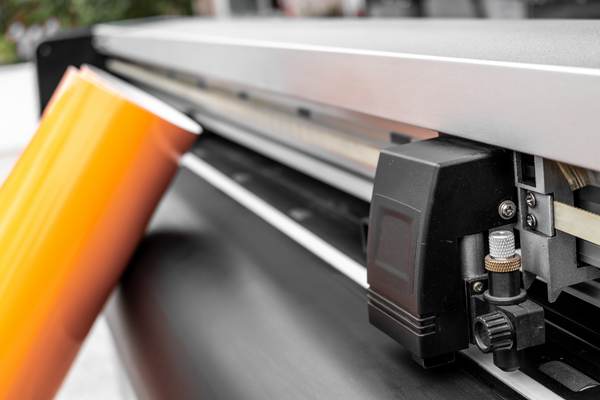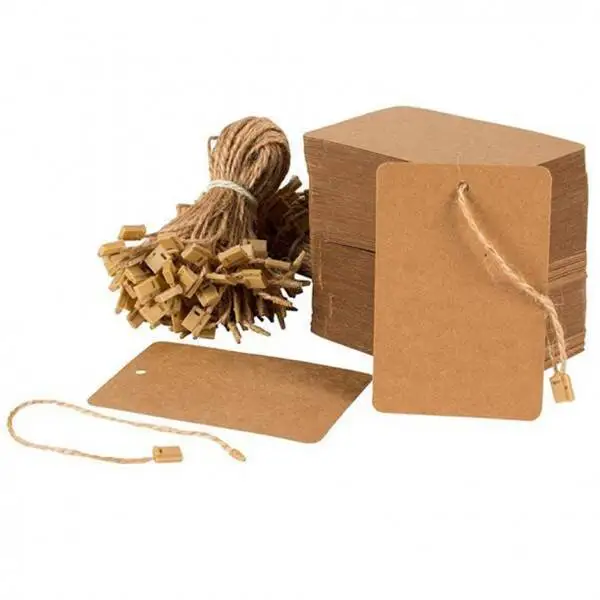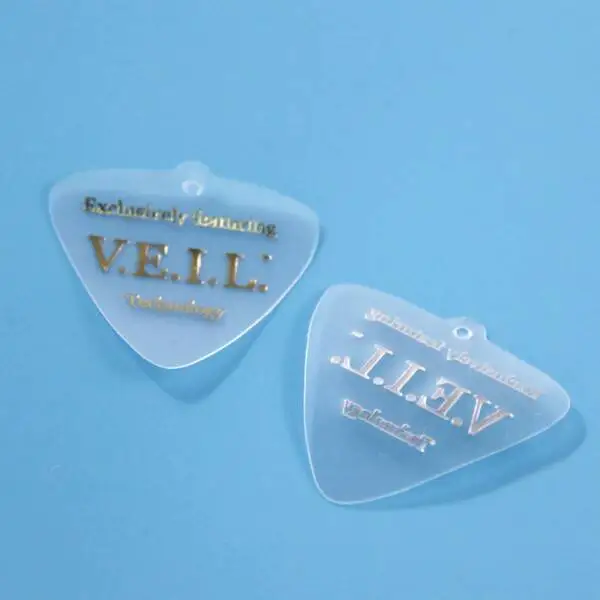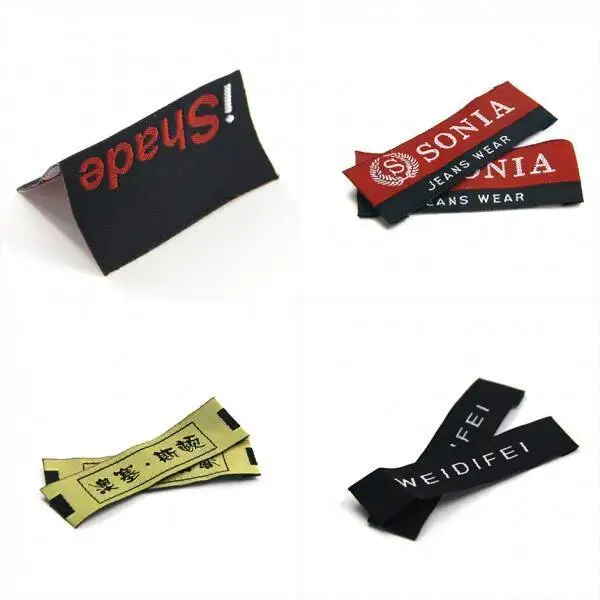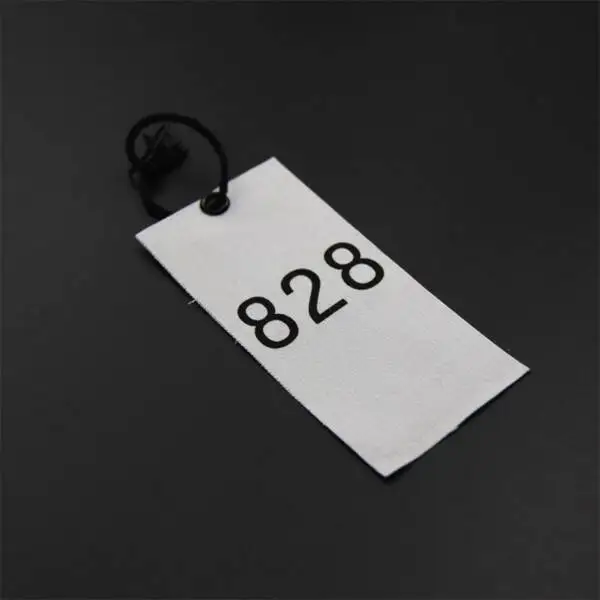How to Label Electrical Outlets
How to Label Electrical Outlets

The first step in labeling electrical outlets is to identify them with symbols. You can use different symbols to label different types of electrical fixtures. In your home, you may have two different circuits. Some of these circuits have multiple electrical fixtures. One circuit might have several lights, while the other has only one. You can also use symbols to identify outdoor lightings, such as floodlights and entrance lights. Once you have a labels system, you can begin labeling your outlets.
The next step is to label the circuit breakers. The first breaker should be turned off. Then, turn on the second breaker. Make a note of the number of fixtures powered by the circuit breaker. Repeat the process until all of the circuit breakers are labeled. When labeling electrical outlets, it is a good idea to draw a floor plan for your home. Using this will help you identify which switches are on which circuits.
After identifying the different electrical circuits, label each outlet. In your home, you need to label all the 120V receptacles. This will help you identify which ones are unused and on the circuit. It is also essential to label any new circuit breaker. Once you've figured out which circuits belong where you can label the circuits appropriately; moreover, you can use the labels to label outlets in rooms that don't have power.
Once you've completed labeling the outlets, you can start by installing the covers. This will help you identify which ones are problematic and which ones aren't. The labels you place on these outlets will also help you recognize overloaded circuits. An example of an overloaded circuit is a situation where a hairdryer and a heater are both running at the same time. For example, a person might try to run both a coffee maker and a hairdryer simultaneously. Eventually, these two electrical devices will overload the circuit and cause the breaker to trip or blow.
Knowing where all the outlets are located in your home will be extremely helpful in emergencies. You'll also be able to identify which outlet has a circuit that is overloaded. This is crucial because it can cause breakers to trip or fuses to blow. You'll also want to label unused circuits. It's also helpful to know where the outlets are located if they are in an area with a high traffic level.
When you label the electrical outlets in your home, you should also label the circuit breakers that are not in use. This way, you can prevent overloading the circuits that are in use. For example, a breaker is used when an outlet is not used. If a breaker has tripped, you'll be able to locate it easily. This is the main reason to label your outlets.
It would help if you labeled all the electrical outlets in your home. In the same way, you should label new circuit breakers. This way, you'll be able to quickly locate the circuit breaker panels and determine where they are located. This will also help you in emergencies. You can use this information to reach the electric panel during power outages quickly. If you don't have a labels system, you can draw them yourself.
The final step in labeling your electrical outlets is to label your circuit breakers. If you don't label them, the breakers could be tripped by the same device. A circuit breaker should be marked with a warning sign. Then, it would help if you labeled new circuit breakers. The next step in labeling your outlets is to draw a plan for your home. You should copy this plan and apply the labels to the circuit breakers.
The last step in labeling electrical outlets is to identify the circuit breaker unused. If the labeling indicates that the breakers are unused, you should label those circuits accordingly. If you have a panel with several circuit breakers, you should also label the circuit breaker labeled as unused. To identify the faulty outlet, you should write the name of the faulty circuit breaker.
Related Articles
Product Groups
- Metallic Label
- Supermarket Labels
- Food Label
- Tyre Label
- Resealable Label
- Holographic Labels
- Electrical Label
- Adhesive Vinyl Roll
- Inkjet Vinyl Sticker Paper
- Paper Box
- Temperature Resistant Labels
- Clothing Label
- Office Labels
- Bubble Mailer
- Bottle Label
- Chemical Label
- Anti Counterfeit Label
- Temperature Indicator Sticker


